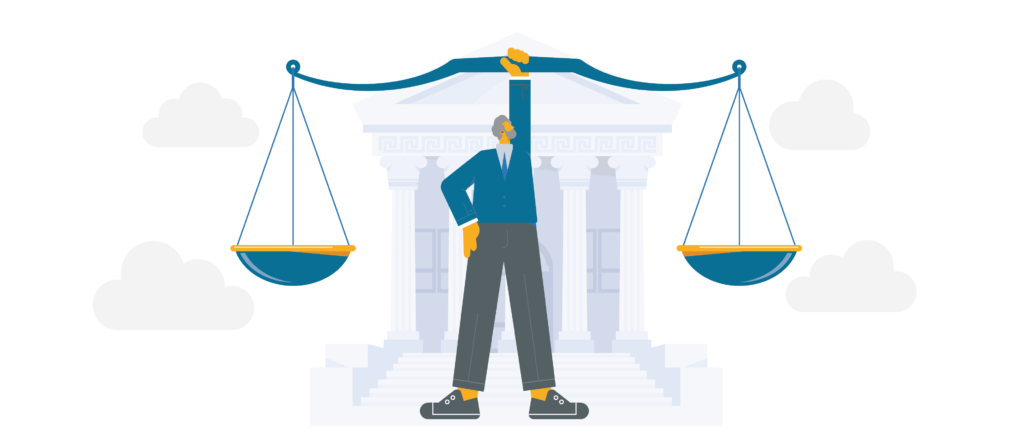Understanding Spending Accounts with WellBytes

Think of a Spending Account like a bank account. It’s an account full of money, the amount being determined by the employer, for employees to spend on eligible expenses. The amounts reset with each new benefit year, and the dollar amount can be accessible to employees on an annual, semi-annual, quarterly, or monthly basis.
Understanding Personal Spending Account (PSA) and How Does it Work?

A Personal Spending Account is a taxable allowance designated for employees to receive additional wellbeing options beyond the traditional health and dental plan. Employees often place a lot of value on the perks provided through a PSA. These employee benefit plans are often referred to as Flexible Spending Accounts or Wellness Spending Accounts (WSAs) in Canada.
Non-profit Health Insurance Coverage

Non-profit organizations operate a little differently than most businesses. These differences necessitate specific considerations when devising an employee benefits plan. Non-profits organizations don’t pay taxes, but they have to show their finances to the public so donors can see how their money is used. These differences bring along specific considerations when it comes to providing an employee benefits plan.
Health Spending Accounts (HSA) Eligible Expenses

Health Spending Accounts (HSA) are an increasingly popular alternative or top-up to traditional healthcare and dental solutions. HSA gives employees flexibility and enables them to choose how to use their health benefits.
Group Benefits Taxation: The difference between Non-Taxable and Taxable Benefits

Offering the right employee benefits can help employers attract and retain employees.
Navigating the complexities of benefits and taxes can be challenging, and Wellbytes here to guide you through the intricacies. Before deciding to offer a benefit to the workforce, however, it is important to understand the difference between taxable and nontaxable benefits. This article will find out the tax-related aspects and considerations for employees.
Good Benefits Plan Audit Principles

Employee benefit plans can be easily subjected to fraud or other forms of mismanagement and a good benefits plan audit can help employers minimize this risk while ensuring a sustainable benefit plan.
Eligible Expenses With a Personal Spending Account (PSA)

Personal Spending Accounts (PSA), also known as Wellness Spending Accounts (WSA), are recent additions to a benefits plan, focusing on well-being support for employees. Employers allocate a set amount of money to each employee to use on eligible services. PSA are a taxable benefit to the employee.
Effective Communication of Changes to Your Employee Benefits Coverage

Is it time for a refresh of your employee benefits plan? While sticking with the status quo might seem easier, sometimes change is necessary. Clear communication of any adjustments is crucial to ensure that your employee benefits are used effectively.
Comparing Traditional Insurance and HSA

Going by definition, traditional insurance is when an insurer provides benefit plans coverage to a specific group of people and the plan sponsor (employer) pays monthly premiums to the insurer to provide this coverage. On the other hand, a healthcare spending account (HSA) is a government-regulated allotment of funds that an employer provides to their employees for health-related expenses. The common purpose of the two benefits distribution types is that they offer employees protection against medical expenses. But they both have very distinctive differences such as:
